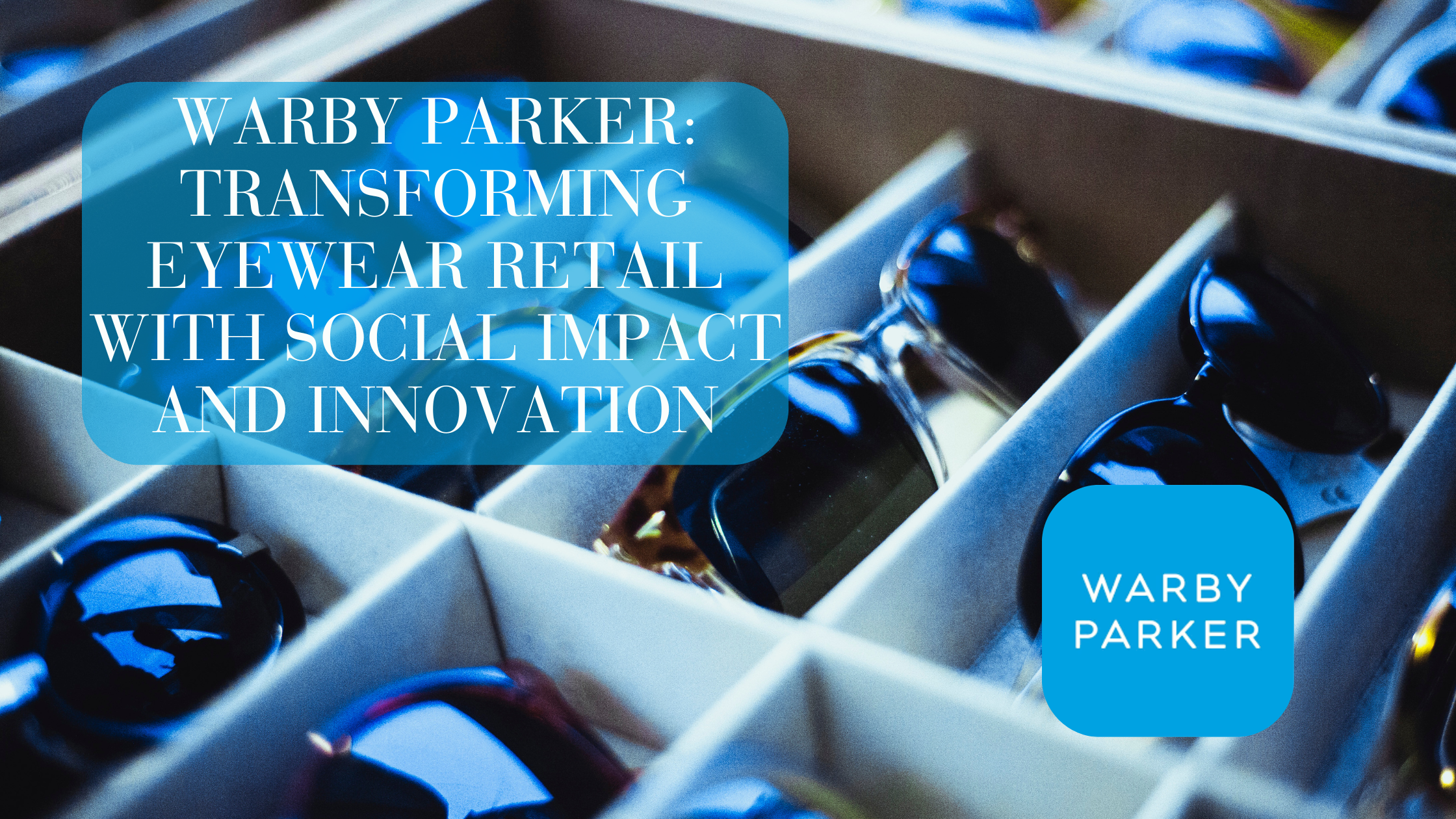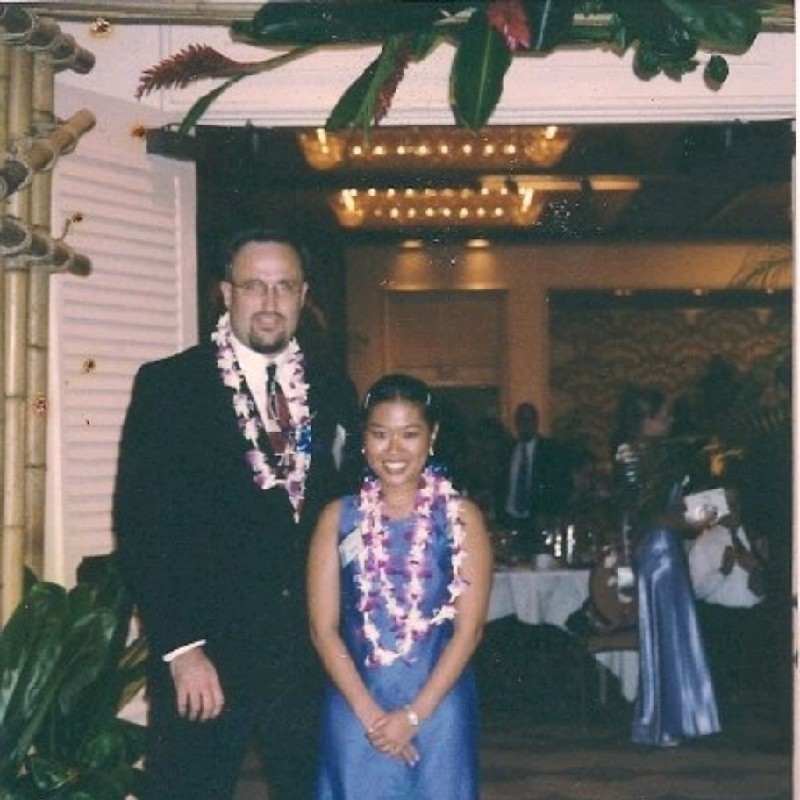Warby Parker: Transforming Eyewear Retail with Social Impact and Innovation

Over the past decade, Warby Parker has transformed from a bold startup into a leading force in the eyewear industry. Their innovative approach to selling prescription eyeglasses has not only disrupted traditional retail but also created a new benchmark for businesses seeking to integrate social impact and sustainability into their core operations. This article will explore how Warby Parker’s strategic use of social media and technology has reshaped the landscape of eyewear retail, offering valuable insights for entrepreneurs, marketers, and consumers alike.
The Power of Social Media in Warby Parker’s Business Model
Leveraging Technology for Outreach
Warby Parker’s business model centers around direct-to-consumer sales, bypassing the conventional retail middlemen. This strategy is powered by social media and digital platforms, which offer unparalleled access to a global audience. In a traditional media environment, Warby Parker would have faced significant challenges, such as high advertising costs and limited reach. However, by leveraging social media, they have been able to engage directly with consumers, build a loyal community, and amplify their message cost-effectively.
Fostering Transactional Communication
Unlike conventional advertising, which often functions as a one-way communication channel, Warby Parker utilizes social media to facilitate transactional communication. This involves engaging with customers in meaningful conversations, responding to their queries, and incorporating their feedback into business decisions. Platforms like Instagram and Twitter are not just used for marketing but also serve as customer service hubs, where interactions are personal and immediate. User-generated content plays a crucial role in this process, as it provides authentic endorsements from satisfied customers, further reinforcing the brand’s credibility.
Reducing Consumer Dissonance
One of the key challenges for any brand entering a saturated market is reducing consumer dissonance— the doubt that potential customers feel when choosing between competing products. Warby Parker addresses this by crafting a narrative that emphasizes their commitment to affordability, quality, and social responsibility. By highlighting their ethical practices and community impact, they offer consumers an alternative narrative that resonates on a deeper emotional level. This strategy not only attracts socially conscious consumers but also encourages them to share their experiences within their social networks, thereby expanding Warby Parker’s reach organically.
The Role of Social Impact in Brand Strategy
Aligning Core Values and Marketing
Warby Parker’s marketing strategy is intricately linked to its social impact initiatives. By embedding social consciousness into their brand identity, they have redefined what it means to be a responsible business in the eyewear industry. Their commitment to environmental sustainability and providing affordable eyewear to underserved communities is not just a marketing ploy, but a genuine effort to create positive change. This alignment of values and marketing strategy has set a new standard for the industry and serves as a compelling example for entrepreneurs looking to build brands that resonate with modern consumers.
Expanding Market Reach through Storytelling
Storytelling is a powerful tool in Warby Parker’s marketing arsenal. By sharing stories of their social impact, they engage their audience on an emotional level, fostering a sense of community and loyalty among their customers. This approach not only broadens their market reach but also turns their users into brand advocates, who willingly spread the word and amplify their message. This organic word-of-mouth marketing is incredibly effective, as it comes from a place of genuine appreciation and belief in the brand’s mission.
Personal Reflections on Warby Parker’s Impact
As someone who relies on eyeglasses, my experience with Warby Parker has been nothing short of transformative. Living in a rural area, access to affordable eyewear was a constant challenge—until Warby Parker came along. Their online shopping model, combined with competitive pricing, made it possible for me to maintain my prescription needs without compromise. This personal experience underscores the broader impact Warby Parker has had on the eyewear industry, highlighting the importance of accessibility and affordability in brand strategy.
Key Takeaways
Warby Parker’s innovative approach to eyewear retail offers valuable lessons for entrepreneurs and marketers. By leveraging social media and technology, they have disrupted traditional retail models while maintaining a strong focus on social impact and sustainability. Their success demonstrates the power of aligning corporate values with marketing strategies, proving that businesses can thrive while being socially responsible. As the industry continues to evolve, Warby Parker’s model serves as a blueprint for building brands that resonate with today’s consumers and create lasting impact. For those interested in integrating similar strategies, exploring Warby Parker’s methods can provide a wealth of inspiration and guidance.

I am the CEO of Wiener Squad Media. I help republican and libertarian small business owners build their businesses with effective website design and digital marketing strategies that work. I lead a team of passionate and driven individuals who are dedicated to helping God Fearing, Gun-Toting, America First patriots seeking to achieve financial freedom through the power of the internet.




Hey Roy!
It was a pleasure reading your post. It’s fascinating how Warby Parker leverages social media not just as a promotional tool but as a means of real-time, two-way communication with customers. This transactional approach to social engagement builds trust and loyalty, and increase overall brand awareness. By leveraging new media, Warby Parker shows how technology can streamline direct-to-consumer access, effectively lowering costs while broadening reach.
Your emphasis on Warby Parker’s social impact and values-driven storytelling underscores how companies today can intertwine purpose with profitability. By highlighting their own values, new customers are able to find them and relate to them in a way that would have never been possible through traditional media. This approach is a compelling model for entrepreneurs aiming to balance business growth with ethical responsibility. Warby Parker’s journey is a powerful example of how brand identity and social consciousness can work together to drive impact and market success.
Nick, I really enjoyed how you outlined Warby Parker’s core strategies like their try-on program and customer interaction approach. The communication that Warby has extends beyond basic customer service, transforming social media platforms into comprehensive customer service where interactions can flourish. Providing prompt, personalized responses that can build trust and confidence in the brand and its customers. Warby also uses a storytelling approach that you did not seem to touch on. They use personalized responses that allow the trust building and confidence in the brand, engaging audiences on an emotional level and fostering a strong sense of community and loyalty. This company transforms customers into brand advocates who spread their message for them proving that social media can be leveraged not just for marketing, but building lasting customer relationships and brand loyalty as well.
Did not mention about storytelling?
“Expanding Market Reach through Storytelling
Storytelling is a powerful tool in Warby Parker’s marketing arsenal. By sharing stories of their social impact, they engage their audience on an emotional level, fostering a sense of community and loyalty among their customers. This approach not only broadens their market reach but also turns their users into brand advocates, who willingly spread the word and amplify their message. This organic word-of-mouth marketing is incredibly effective, as it comes from a place of genuine appreciation and belief in the brand’s mission.”
Oh sorry I write these after reading a bunch and save them in a word document I probably mixed yours with someone elses
no problem. that happens at times.